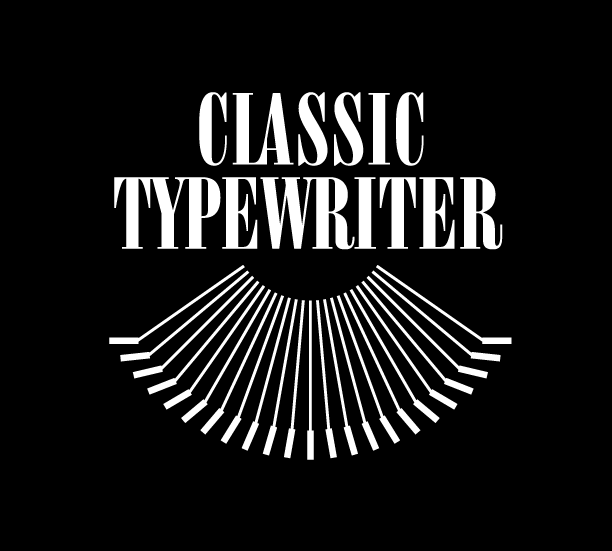Olivetti Lettera 32…
Below is the manual for your machine, in case you wish to peruse in the meantime.
When you open your machine, the carriage should be locked. This is unlocked by way of a small switch to the right under the carriage. This switch often bends and locks up the carriage. Sometimes I remove it, if it is creating too many problems. (Another old school tech showed me that). Sometimes while typing it will engage, so you need to flip it back. It's the weak link of these machines.
Take it slowly and gently at first, and try not to force anything. Everything was tested when I sent it out, so it should be working when it arrives. I pack as carefully as possible, based on years of experience.
If something is not working as specified, we can find a solution.
That being said, each machine has it's little quirks, and that is just part of writing on a functional antique. No two are exactly alike, and I say this after going through hundreds. Learning to dance with a particular machine is a process, and a worthy one!
And some people write about skipping letters or the carriage not advancing, etc. Sometimes that has to do with the. mechanism. Usually it has to do with technique. It takes some practice to type reliably and consistently on a typewriter. Some fingers are weaker than others at first, or they linger longer, causing skipping. Use a quick, firm keystroke.
The ribbon spool on these are a special size, so when you order a new one in some months, specify the model, or wind any ribbon onto the spools included.
I sell ribbons here. (You’ll have to wind them onto original spools).
I sell the paper that the note was typed on here.
The case on these is a weak link. The zipper is either broken or missing or disconnected in 85% of cases. Still, I suggest keeping it in there when you can, and perhaps strapping it shut with something, if you have this issue. This is one of the design flaws on these, and we're all working on it. Some people actually sew their cases back together with a huge leather needle that a cobbler uses.
Some come in a vinyl-covered box-type case, which is more reliable. This comes with certain years and countries of manufacture.
The logo on the front varies slightly. Sometimes it says 'Olivetti-Underwood', sometimes just 'Olivetti', sometimes 'Lettera 32'. Etc.
If there are little nuts atop your ribbon spool cores, don't lose those.
These machines were made in many countries, including Canada, Spain, the UK, Italy, Mexico. They all have slight variations. AlI can be excellent writing machines. I tend to send the one I have that is the best for WRITING. I don't do the Mexico ones as they seem to be lower quality (a few more plastic parts).
As for paper, you can use any computer paper. Traditionally, typewriter paper was very thin. You'll get a different impression if you use two sheets, one as a 'backing sheet'. Or you'll get a nice feel for letters if you use cotton resume-type paper. Pretty much any paper that the rollers will hold onto will work. Card stock will even work in some machines as well, as some writers used those as note cards literally, and typed them out.
Here is the manual. In line with the minimalist aesthetic, they tried to keep it to one small laminated page.
Enjoy the writing!
PS. I offer a trade-in policy, in case you ever want to upgrade or switch, you can trade your machine in for the value you paid toward anything else.
